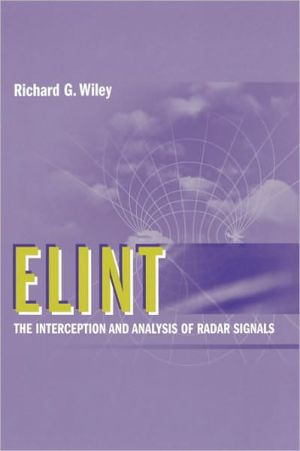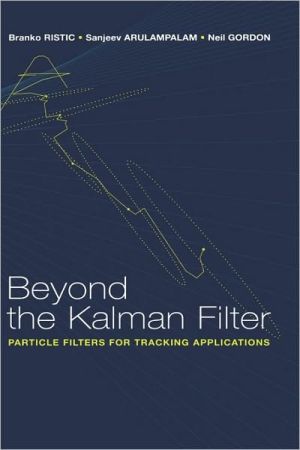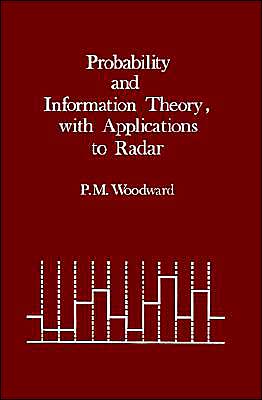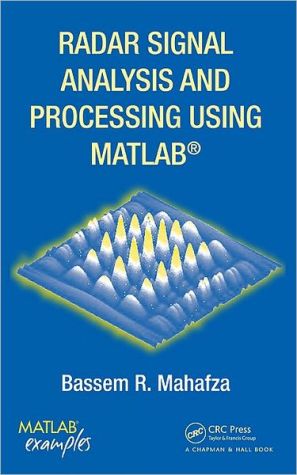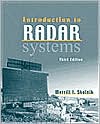Applied Aspects of Optical Communication and LIDAR
Exploring the practical aspects of atmospheric optical communication and light detection and ranging (LIDAR), Applied Aspects of Optical Communication and LIDAR details the role of atmospheric structures in propagation phenomena that influence the transmission of optical signals through perturbed atmospheric communication channels. It examines numerous situations in over-the-terrain atmospheric communication channels, including the effects of natural phenomena and the corresponding features...
Search in google:
Exploring the practical aspects of atmospheric optical communication and light detection and ranging (LIDAR), Applied Aspects of Optical Communication and LIDAR details the role of atmospheric structures in propagation phenomena that influence the transmission of optical signals through perturbed atmospheric communication channels. It examines numerous situations in over-the-terrain atmospheric communication channels, including the effects of natural phenomena and the corresponding features (turbulences and hydrometeors) on optical ray propagation. Bridging the gap between the parameters of optical communication links and signal information data streams, this concise reference addresses line-of-sight (LOS) as well as obstructive non-line-of-sight (NLOS) propagation conditions. It also:Details the main characteristics of optical communication channelsIntroduces the quasi-regular gaseous atmosphereDescribes numerous situations in the atmospheric communication channelExplains the main characteristics of optical communication channelsComplete with parameters for information data streams, the text also provides time-saving suggestions for determining which optical devices will work best for minimizing the deleterious effects of natural atmospheric phenomena. Whether you’re a researcher, an engineer, or student—this book provides you with the practical understanding required to use LIDAR to investigate all forms of atmospheric phenomena and to learn how to accurately predict primary parameters of atmospheric optical channels.
Ch. 1 Atmosphere: Structure and Processes 1Ch. 2 Optical Wave Propagation in the Atmosphere 41Ch. 3 Applied Aspects of Lidar 123Ch. 4 Optical Communication Channels 171Ch. 5 Channel and Signal Data Parameters in Atmospheric Optical Communication Links 205Abbreviations 241Index 245

